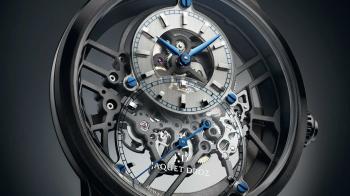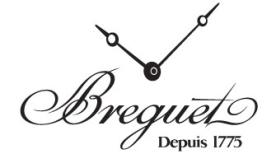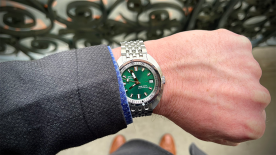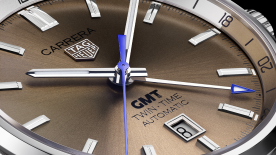The leitmotif of the most counter-intuitive finishing ever is simple: less is more. Skeletonisation, in which the movement is endowed with nothing more than the material required for it to actually work, is an age-old technique that’s made a major comeback in the past 20 years.
N ot content with the challenges it sets itself in terms of materials and precision, contemporary watchmaking also seeks new exploits in the realm of finishings, such as skeletonisation. This decorative art form consists in hollowing out each component of the movement as much as possible, right to its functional tolerance limits. The delicate craft is all about pushing materials to near-breaking point. It demonstrates watchmakers’ amazing ability to put on a real, live performance in which the movement’s components are reduced to the absolute bare minimum, allowing the most intimate parts of the workings to be admired.
An age-old tradition
Mr Armin Strom has the honour of being the first to return this technique to the spotlight, back in the 1960s. Today, the brand named after him continues the work he began. Since 2006, when Mr Strom handed over to the pair who bought out the business, the Armin Strom name has become a benchmark in skeletonisation.
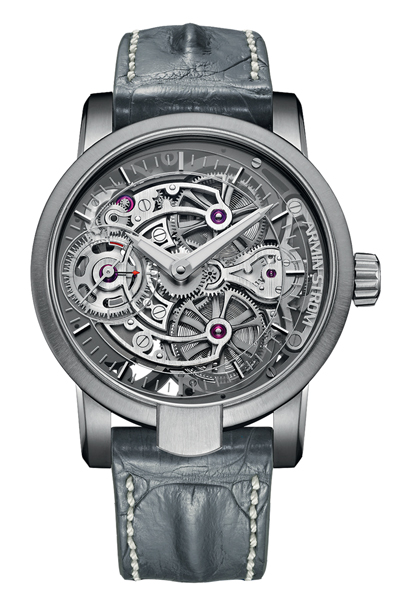
Take me to the limit
Today, skeleton watches are commonplace. A distinction should however be drawn between those that are simply openworked (these have no dial, leaving the movement visible but devoid of any specific treatment) and genuine skeletonised watches, in which each component has been individually hollowed out. Achieving this is a genuine art form, and is mostly the preserve of established Manufactures: not only do they have the competent craftsman and materials needed, they also possess the technical capabilities required to determine the structural limits of the materials based on calculations and simulations.
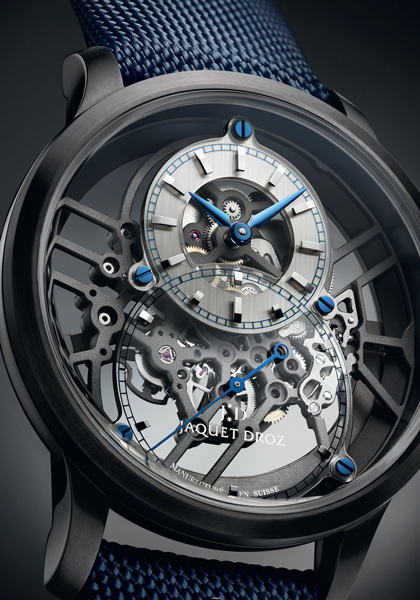
One such firm is Breguet, which boasts a large number of such timepieces for seasoned collectors, particularly among the tourbillons in its Classique collection. Jaquet Droz, from the same group, presented a very daring version of its legendary Grande Seconde in 2018: the eminently contemporary and groundbreaking Skelet-One.
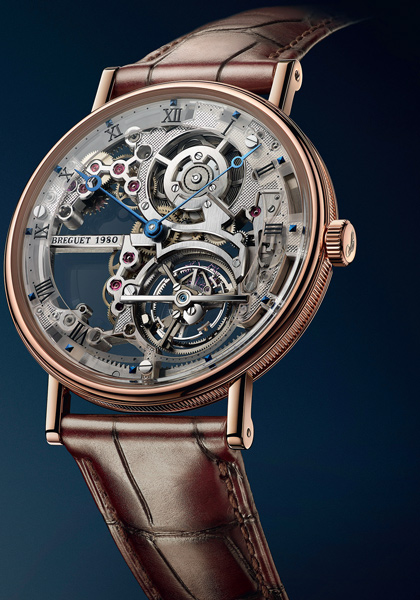
Over at LVMH, the rebirth of the Octo in its Finissimo version was an opportunity for Bulgari to bring together extra-slimness and skeletonisation, as Piaget had in 2017 for the 60th anniversary of its Altiplano. In the same group, Zenith took a sportier approach with its Defy El Primero Double Tourbillon – and of course there was TAG Heuer with its Heuer 02 calibre, of which the brand went so far as to create an exact replica for its connected watch – right down to the skeletonisation.

Of note among independent watchmakers, there’s the spectacular approach of Hysek, specialists in extreme skeletonisation for 20 years, in particular for their ethereal IOs. Meanwhile the (late) RJ – Romain Jerome brand produced the Arraw Spider-Man, featuring suitably spider’s web skeleton treatment.
Another pattern, another brand: Roger Dubuis. In 2005, the Manufacture released its first traditional skeleton movement, followed by its first contemporary skeleton models for women in 2008, and then in 2009 its iconic RD01SQ calibre, instantly recognisable thanks to its star-shaped “astral skeleton” motif. Roger Dubuis has now extended the skeleton principle beyond the movement, applying it to the case, flange, and hands as well.
*On the occasion of GMT Magazine and WorldTempus' 20th anniversary, we have embarked on the ambitious project of summarising the last 20 years in watchmaking in The Millennium Watch Book, a big, beautifully laid out coffee table book. The Millennium Watch Book is available on www.the-watch-book.com, in French and English.
